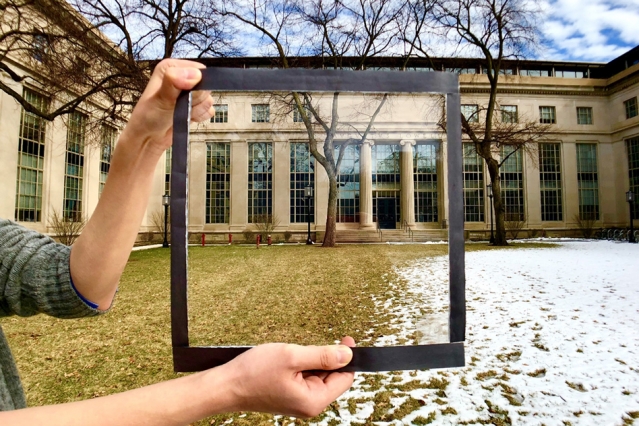Tech that cools with less reliance on air-con could aid automotive
- PostedPublished 1 December 2018
Several studies into efficiently regulating building temperatures while reducing energy use from air-conditioning could have flow-on effects into the automotive and transport refrigeration sectors.
Researchers at Columbia Engineering – a top engineering school based in New York – have come up with a way to passively cool buildings.
The concept makes use of a thermal phenomenon called passive daytime radiative cooling (PDRC), during which a material cools by simultaneously reflecting sunlight and emitting thermal energy.
This phenomenon occurs because the sun’s energy is transmitted in visible and near-infrared wavelengths. Consequently, if a surface is engineered to reflect these wavelengths and emit energy on a different wavelength, enabling it to radiate heat into space and produce below- ambient temperatures.

Producing a coating that achieves such a feat is difficult, though; commonly used white paints often absorb UV and solar wavelengths – ultimately increasing building temperature.
The team at Columbia, however, has come up with a polymer coating that achieves the desired effect by utilising a foam-like structure.
The varying refractive index in the porous polymer scatters and reflects all wavelengths of sunlight, helping keep it cool (as shown in the thermal camera image above).
According to trials carried out by the team, the polymer coating’s temperature was six degrees C lower in a hot climate and three degrees C cooler in a foggy, tropical environment.
In a similar vein, researchers at the US-based Stanford University School of Engineering are experimenting with an advanced solar array.
The top of the array features conventional photovoltaic semiconductor materials, which changes light into electricity; beneath this, however, lies a material with a high thermal emissivity.

Consequently, as the top absorbs sunlight and produces electricity, the bottom of the assembly cools below ambient. More development is required, though, but it is claimed that a practical device which will simultaneously generate electricity and cool a building is possible.
A new passive heat-rejecting transparent film, developed by engineers at the Massachusetts Institute of Technology, would further serve to cut building temperatures. The film contains phase-changing microparticles; when heated to temperatures in excess of 29 degrees C, they contract – which gives the film a frosted look. This reflects incoming solar energy, reducing the heating effect.
If all of a building’s windows were covered in the film, according to MIT, its energy consumption costs would fall by 10 per cent.
Currently, air-conditioning accounts for around six per cent of all electricity consumption in the US – costing their operators $29 billion ($A40 billion) a year.
- CategoriesIn SightGlass
- TagsSightGlass News Issue 15, technology, thermal management


